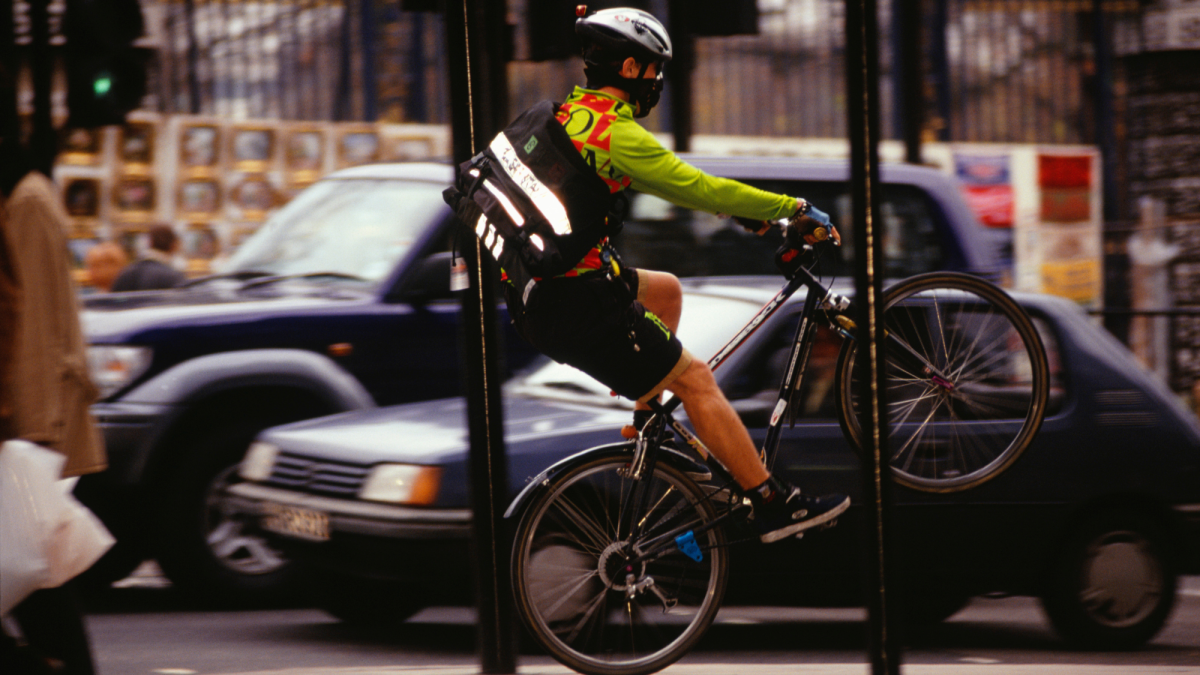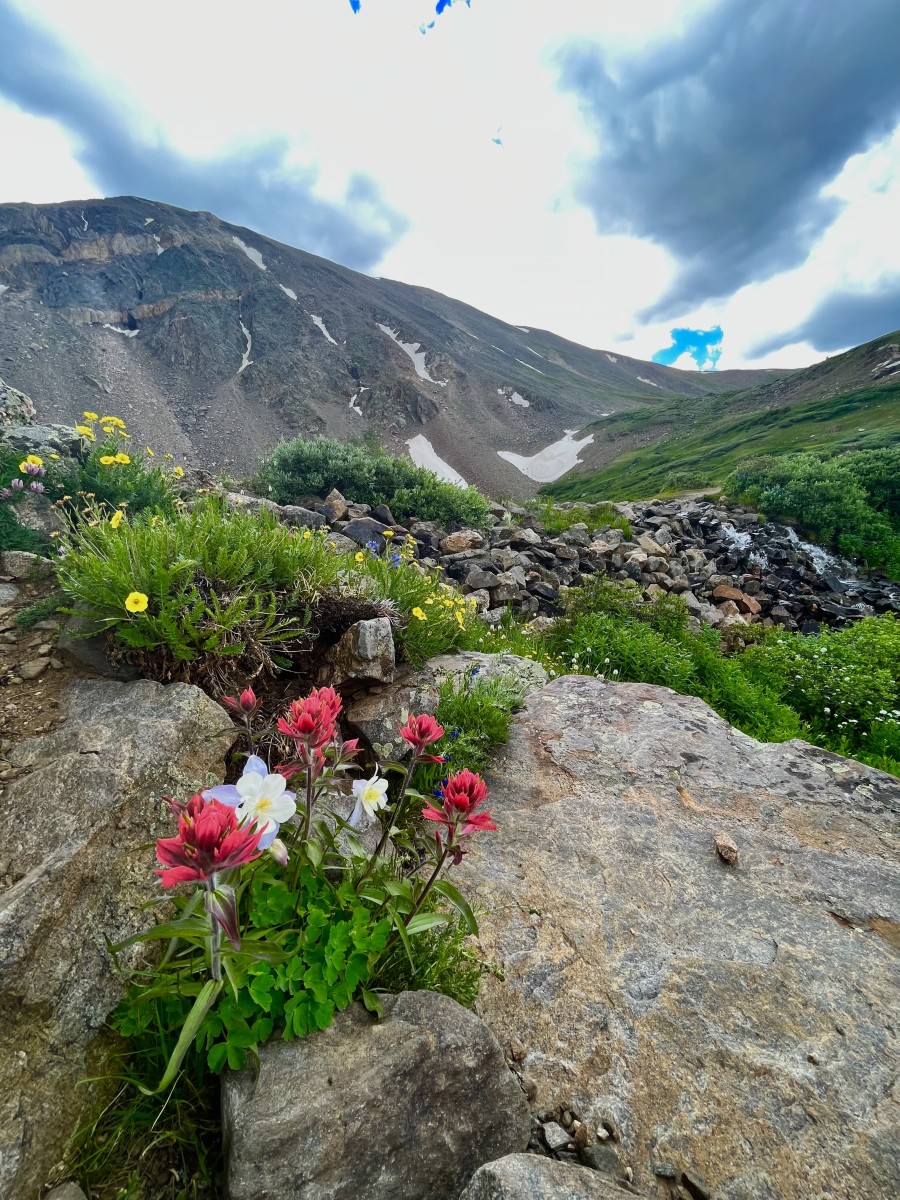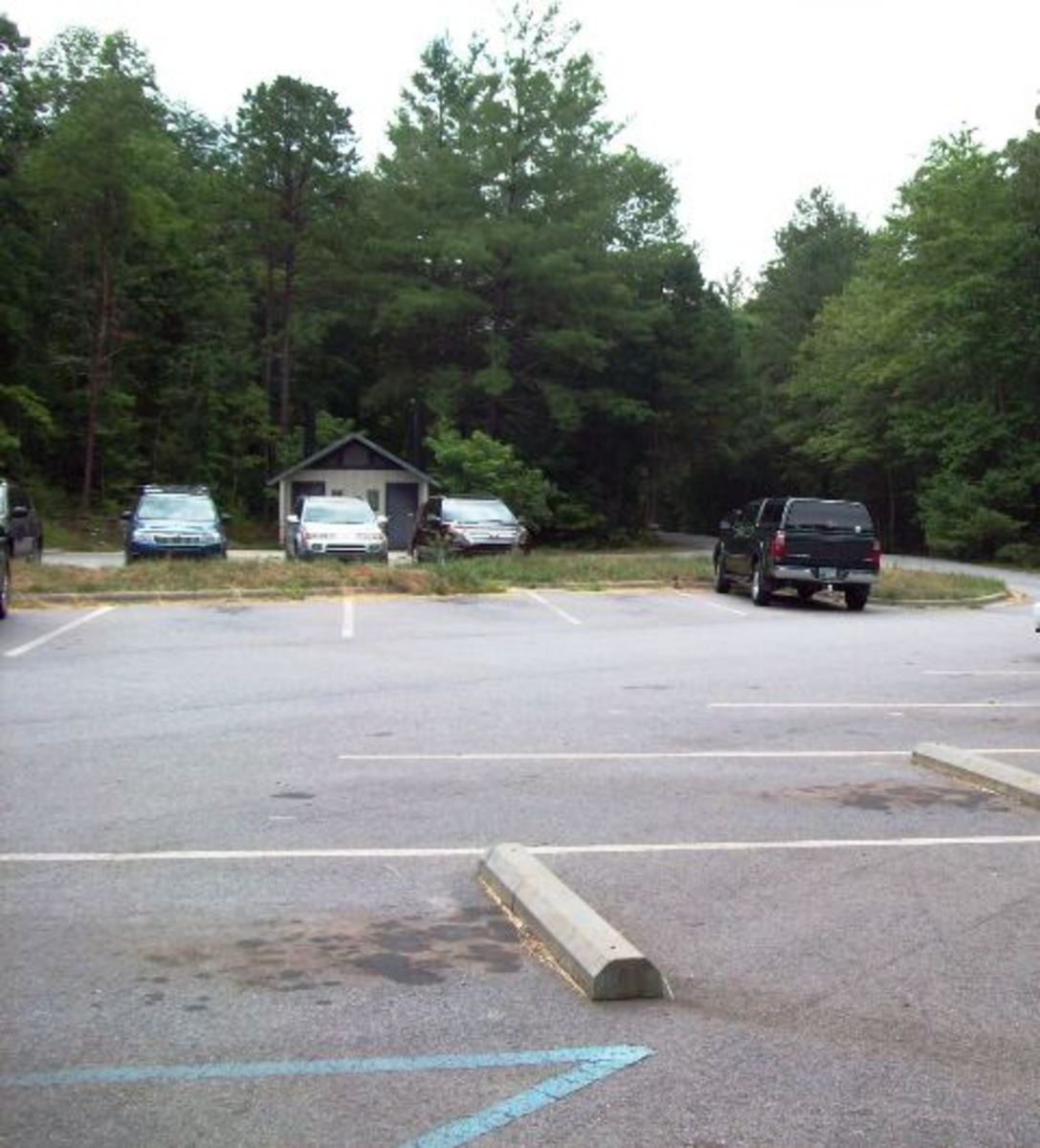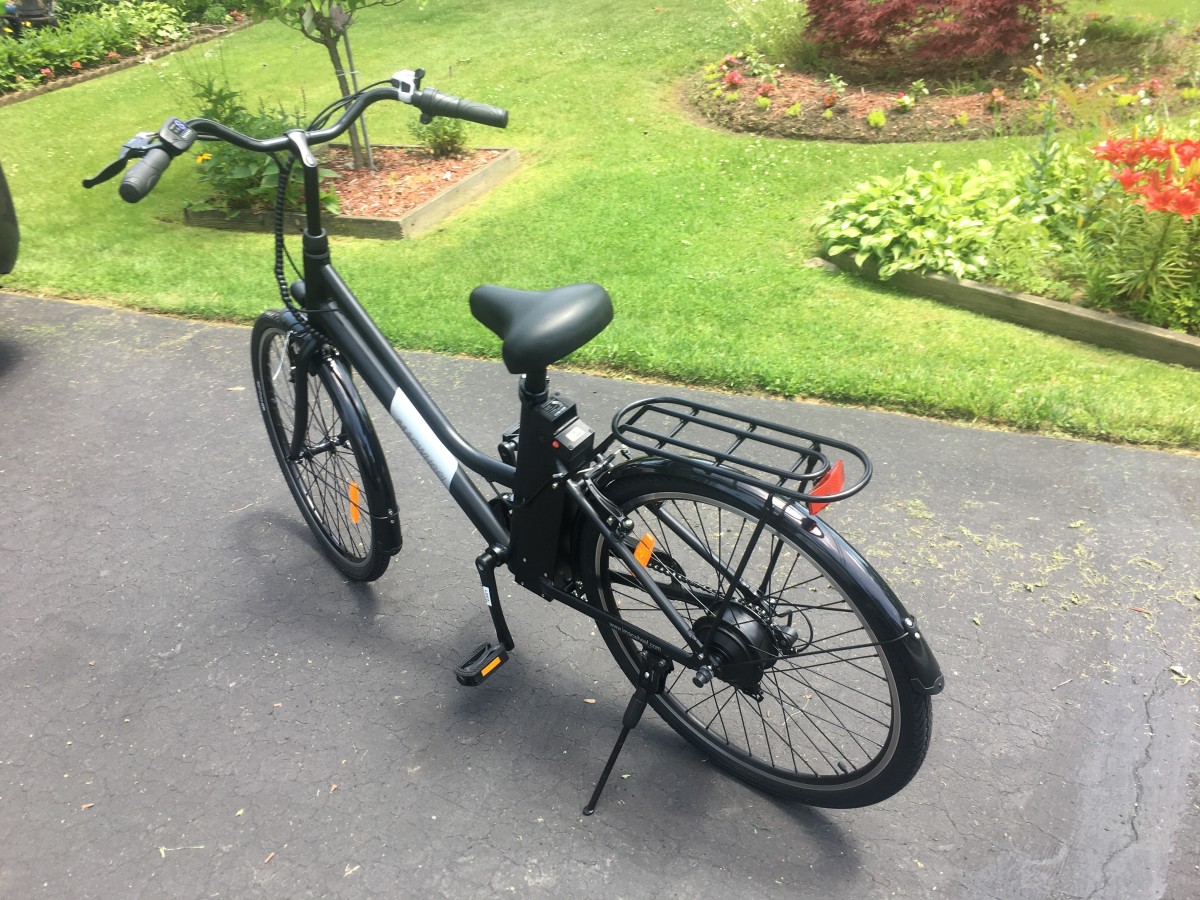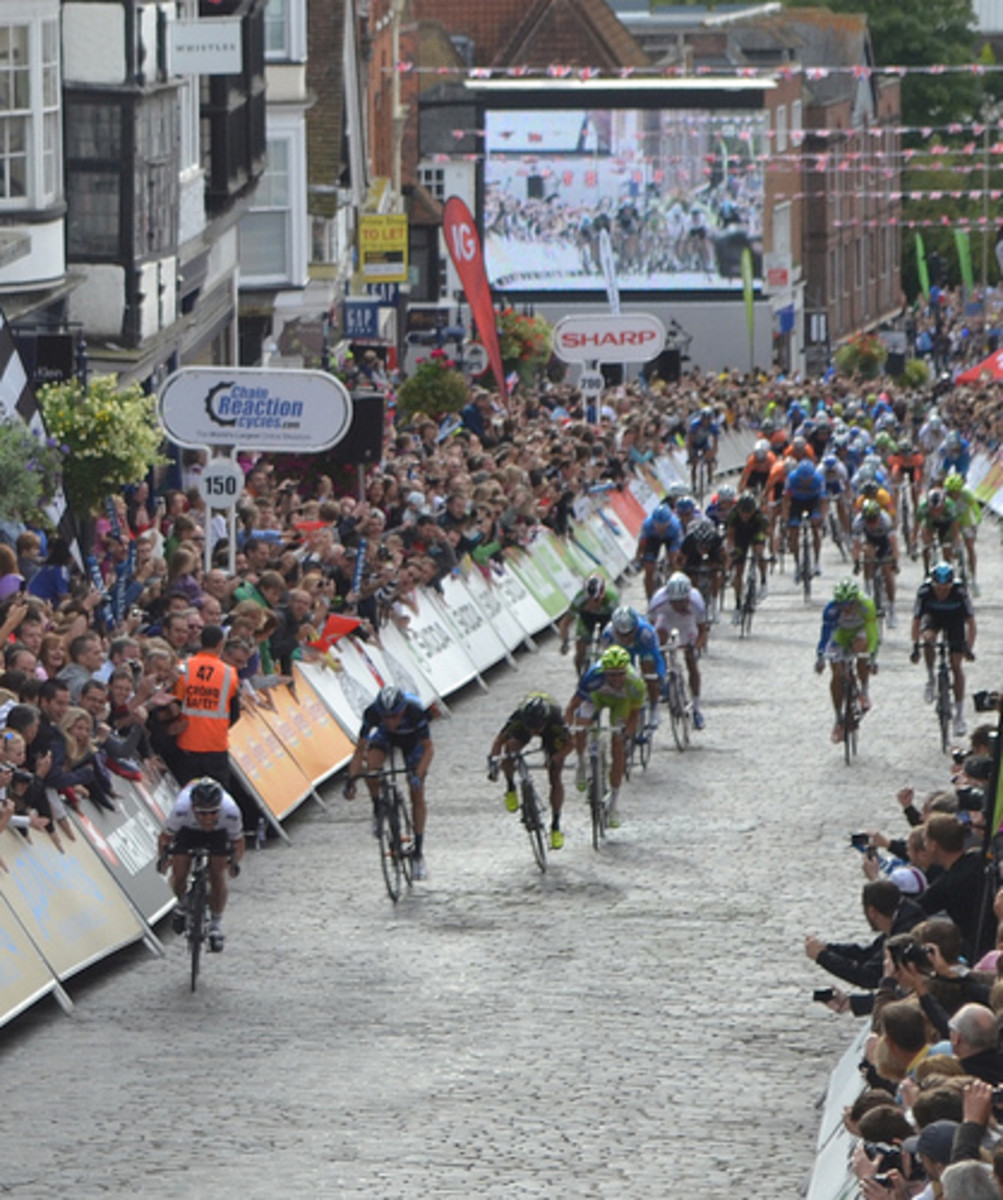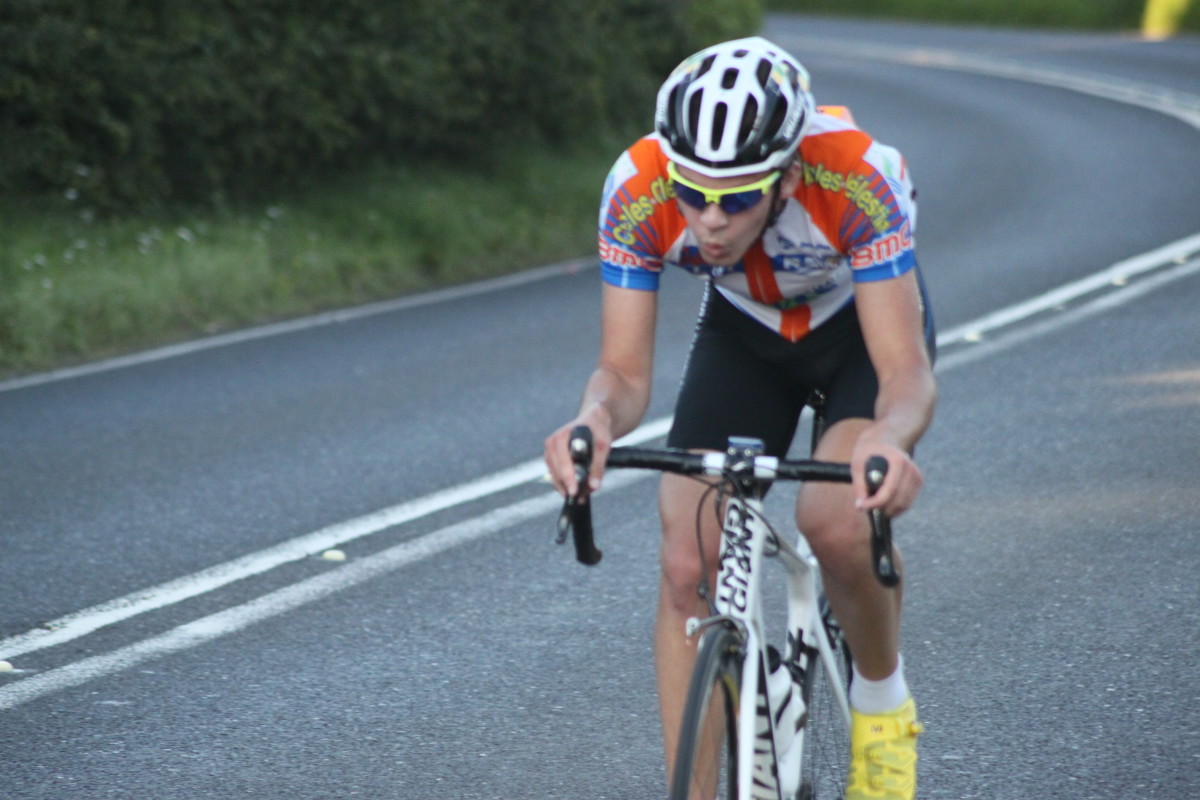Safety Tips For Mountain Biking at Night
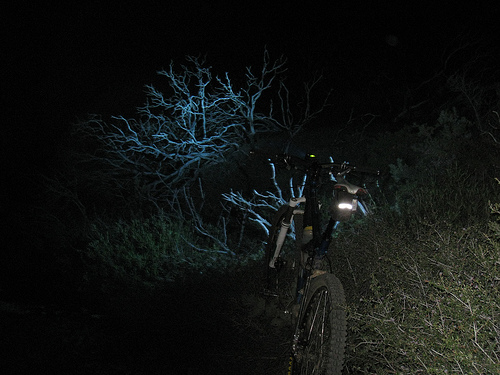
As the days grow shorter in the fall, and the sun seems to dissappear during any after work or late day ride, it becomes necessary to ride a bit in the dark many days. Riding at night is fun and exihilarating, and presents a whole new challenge for many riders. However, there are a few saftey areas that should always be on the back of everyone's mind when riding at night. Not taking the proper precautions before going on a night ride could result in in juring yourself, or just a ride that is no fun to be on at all.
Unlike road biking mountain biking does not have many of the outside hazards of night riding. Namely, there are no cares on the trails, although you may encounter a hiker or two. For the most part, night riding is a very free experience and one that can really be a stress relieving end to the day.
Be Seen
Wearing reflective clothing is still a must despite the fact there is little out in the woods to com in contact with. If other riders or hikers are out on the trails reflective clothing will help you be seen and avoided or warned if someone is coming up on you from behind on the trail. A jacket with reflective panels or stripes is a great way to stay warm and be seen if a light happens to come across your person when you are riding. Helmets, tights, and glove with reflective piping are all great ways to increase the likely hood that someone will see you while riding. Although many people do not like the looks of them bike reflectors are also a necessity when trail riding at night. One on the front, rear, and both tires of your bike is the optimal setup although it is the rear reflector that is the most important to include.
Stay Protected
Always wear your helmet when riding, especially at night. As night riding occurs during the cooler months of the year it is good to wear full length tights, a jacket and gloves when riding at night. If you happen to get a flat or have a mechanical problem, walking your bike back will not be so cold. It is a good idea to consider a pair of goggles or clear glasses as well. Since you cannot see as well at night, branches and debris will have a way of finding your face more frequently. By protecting your eyes you can avoid an annoying ride experience and eye injuries.
Lights
When getting lights to ride at night it is important to have three lights as an optimal setup. One light the most powerful for the front of your bike, mounted to the handle bars or the head tube. One light to be mounted to your helmet, to light up whichever direction you are looking, and one light for the rear of your bike often a blinking red light to help you beseen.
Lights will differ with intensity and type of beam. Almost all lights for riding are LED style lights you will be looking more at how many LEDs and how many lumens a light can put out as you choose one. Remember that one strong light cannot be replaced by two weaker lights. The distance that the light will allow you to see is the most important feature and one strong light will let you see further and rider more safely than two lights which many illuminate a bit more but not shine as far. The light on your helmet should be a style that has a wide lighting zone but does not necessarily extend too far. This will give you a better idea of what is on your sides and directly in front of you. Don't skimp on the price if you plan to ride trails that are in any way technical. A good light is invaluable and more expensive lights especially those which are water proof and shock resistant are a great investment. Some lights use battery packs to power them, I have found that in my experience these battery pack lights can be extremely bright, but bulky and often a hassle to deal with so shop carefully.
Before you go out, make sure you batteries are always new or fully charged, if you have any doubts carry a spare in your jacket. Also make sure that your light works ahead of time. Riding a trail as the sun sets can be dramatic, but finding that you have a malfunction in your light once it does finally disappear is a huge disappointment and very frustrating.
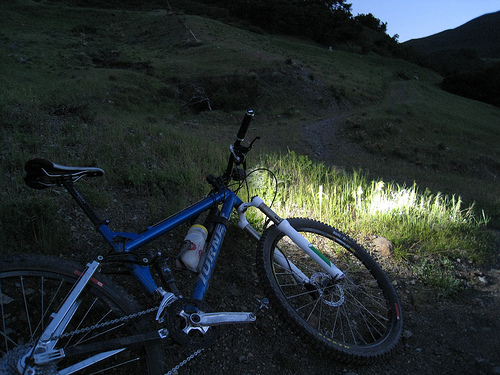
A Few Other Tips
Make sure someone knows where you are going and when you plan to be back. It might seem like a bit of overkill but it's good to let someone know in case you do get into an accident.Also make sure you are allowed to ride after dark on which ever trail you are on. Many places close at dusk and you can get a fine or worse if a park ranger or property owner is adverse to night riding. It is also wise to avoid areas that close at dusk as many gates to parks are locked shortly after and having your car locked in a parking lot at night is not a lot of fun. It is a good idea to carry a cell phone on the trail if you can protect it adequately.IN case of injury, a cell can help get a friend or in a bad scenario an ambulance to the trail quickly rather than having to wait until you can get back to your car if you can all.
When you do ride, don't push the pace and ride to your ability. Night riding is not as dangerous as many people make it out to be but it can test your limits. If you are new to riding at night choose trails that you are familiar with and those that do not feature any significant technical sections. Blazing through a rock garden at full speed is a good way to spend the rest of your night in the emergency room.It is also a good idea to choose trails with a well-lit parking lot if possible. A dark parking lot can be a dangerous situation that may result in an unsafe situation to your person.
You don't need to deck yourself out in hundreds of dollars of gear to ride at night, but it is a good idea to buy quality equipment to enjoy your ride safely. There is nothing better than riding to a vista to see a full moon over the mountains, or be able to end your day with a feeling of physical satisfaction and relief from mental stress.




